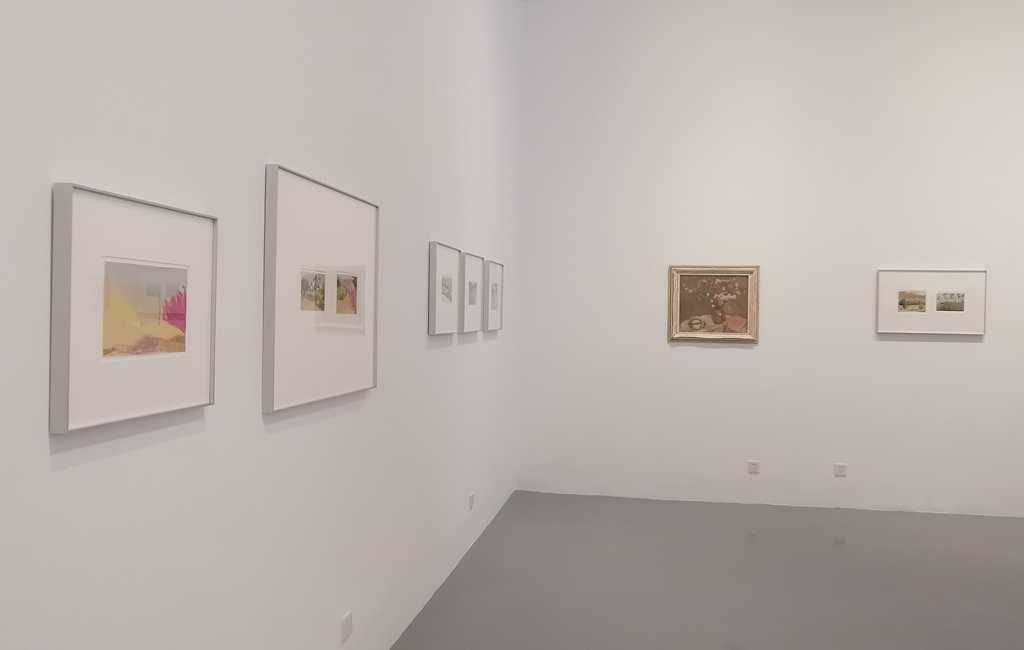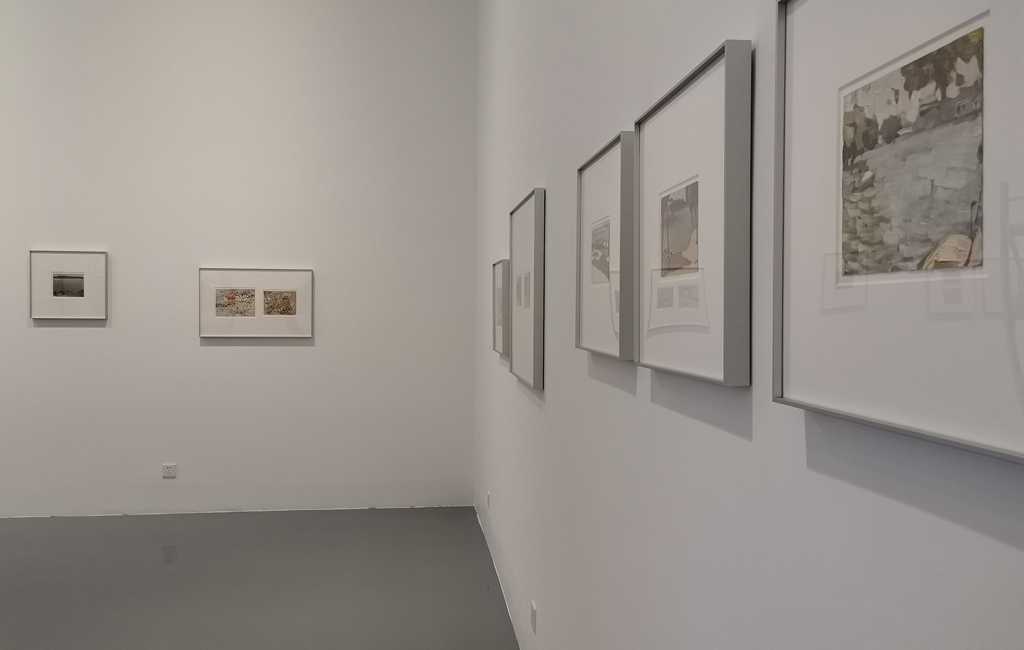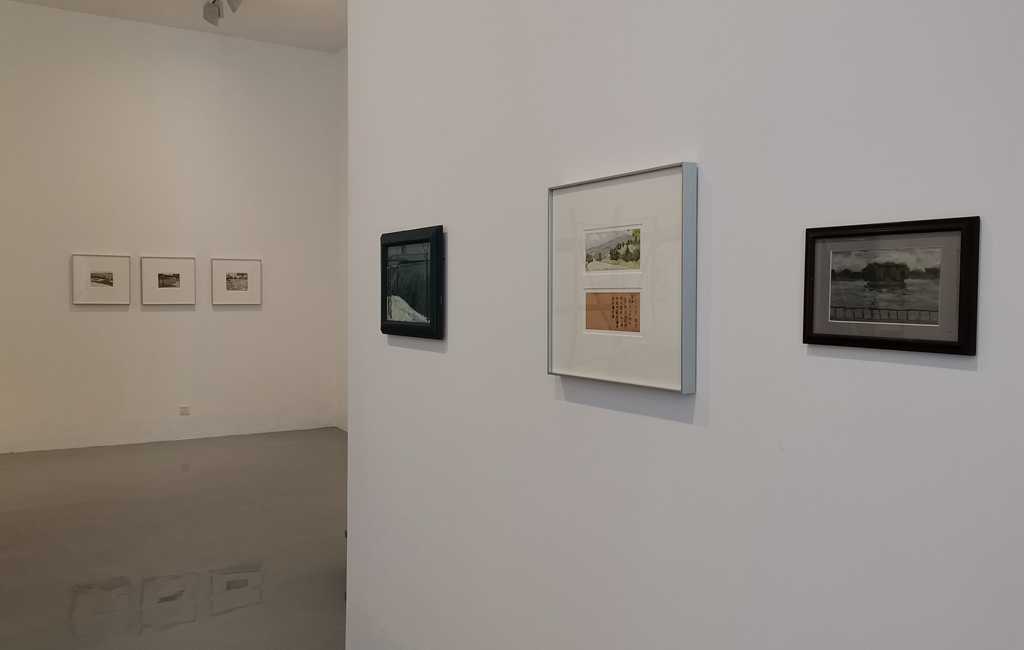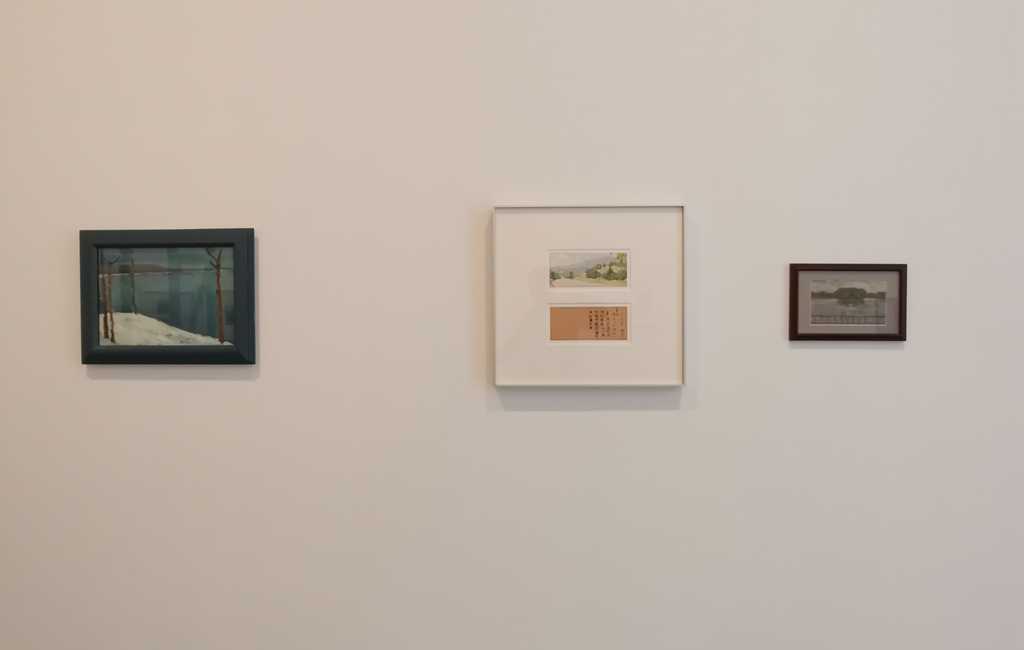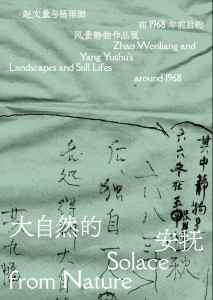
Solace from Nature: Zhao Wenliang and Yang Yushu’s Landscapes and Still Lifes from Around 1968
Jan to June, 2021
Beijing Inside-Out 150 space
Curator: Liu Ding
Solace from Nature: Zhao Wenliang and Yang Yushu’s Landscapes and Still Lifes from Around 1968 is a modest presentation of selected paintings by Zhao Wenliang and Yang Yushu around 1968. It marks the official beginning of a long-termed research project on these two artists organized by Zhao Wenliang and Yang Yushu Art Center. When combing through the works of these two artists, we found a number of still life and landscape paintings created around 1968. As always, at the back of many of these works, Zhao Wenliang wrote down the background, state of mind, feelings
and stories specific to each of these works.
In 1966, Zhao Wenliang was assigned to work in a street factory and Yang Yushu was assigned to work in the People’s Machinery Factory. After work, they would go to the suburbs of Beijing to paint en plein air. In the summer of 1968, Zhao Wenliang, at the age of 31, was fired by his factory with the excuse of “anarchism.” In the back of a painting he made in the same year, A Lonesome Person, he wrote “after losing my job, apart from being accompanied by my paintings and my painting friends, I’m almost isolated all day.” At the end of this year, in order to run away from the study classes organized by the street, which usually involved ideological brainwashing, he went to his hometown in the Northeast part of China, to join his family. With him, he also brought his paintings painted in the first two years of the Cultural Revolution to keep them from being found or destroyed by Red Guards. During this period, he painted many landscapes while at his sister’s house in Fushun. On the way back from this visit, he passed through various places like Yantai and Zhangdian in Shandong Province, and created some more plein air paintings. He got back to Beijing in May 1969.
Around 1968, the Cultural Revolution was going on, political propaganda paintings done by workers, peasants, and soldiers were in vogue. Zhao Wenliang and Yang Yushu’s landscape paintings which were imprinted with their personal
interests, situations, and inner feelings distanced themselves from the mainstream not only in terms of subject matter but
also of artistic language. Zhao Wenliang, who had reached the 30s by 1968, painted in a subtle and steady fashion, putting his sentimentality and feelings of helplessness into his gloomy paintings. Many of his paintings bore titles such as Helplessness or A Lonely Person, as statements of his emotions and aspirations. By contrast, Yang Yushu, who had been
studying with Zhao since he was 18, was only 24 years old at the time. His vigor and free brushwork made his works bright and lively. When the paintings of both artists made from the same period are presented together, we see that even when dealing with the same subject, both artists clearly differ in their aesthetic languages and emotional expressions.
In this exhibition, we present only a small portion of their paintings around 1968. On the paper within which these works are wrapped, Zhao Wenliang wrote: “After losing my job in 1968, I was alone in various suburban places and gained solace from nature.” What Zhao Wenliang quoted is what Einstein wrote to his German friend in a letter: If you are depressed, go to nature and the zoo. We borrow the title Solace from Nature to encapsulate this collection of still life and landscape paintings that are actually a certain expression of their thoughts. For the artists, nature contains rich and complex meanings and is connected to the humanistic spirit, thus becoming a humanistic phenomenon. They put their own aspirations for freedom in nature. At a time when art was highly revolutionized and politicized around 1968, this group of landscape and still life paintings by the two artists testifies to their free spirit and character even when they were in the narrow space of the society, and is thus full of tension. These works created nearly half a century ago have never been exhibited before, yet they seem fresh and alive even today. As Yang Yushu once said, the verse by American poet Whitman, “my foothold is tenon’d and mortis’d in granite, and I know the amplitude of time” is an apt description of them. They provide a valuable lesson for us to understand how the liberal spirit can preserve itself even in extreme times.
The theme, the selection and presentation of the works in this exhibition have been conceived by artist Liu Ding. We will also continue to invite artists, researchers, curators and art historians to conceptualize and organize academic activities of diverse forms and make presentations and publications around the works and artistic careers of Zhao Wenliang and Yang Yushu.
Zhao Wenliang, Yang Yushu
Walkthrough | Press

